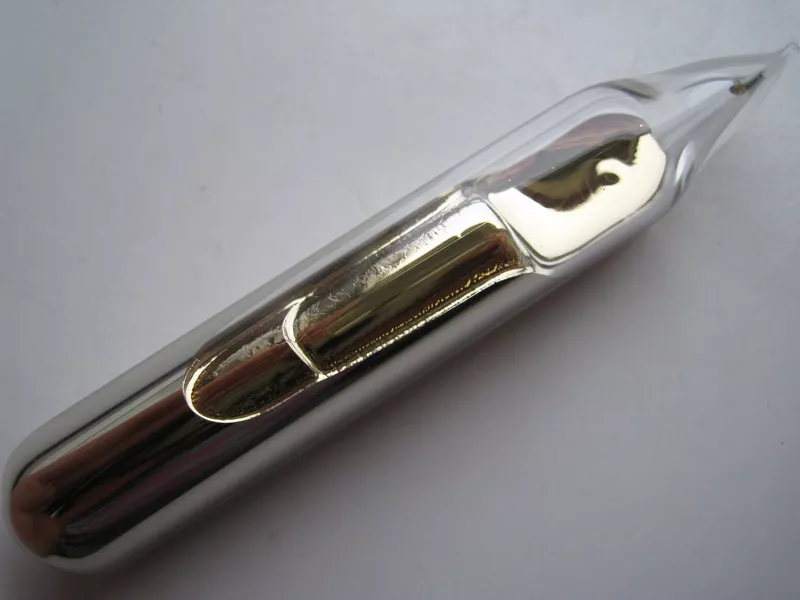Our modern 21st-century lives are driven by metals. They can be found in the LEDs, magnets, electric motors, sensors, data storage and many other components upon which modern life relies. They power our mobility and energy generation, which is why there are hundreds of commercial applications for metals, with more uses being discovered each year.
While you are probably familiar with metals such as gold, silver or platinum, they aren’t the most expensive. Most of the costliest metals belong to an obscure group known as the rare earth elements. They’re given this name because they are almost always found bound together as a compound, and extracting an individual metal is a complicated, lengthy and expensive process. You can identify a rare earth element from its long, complicated name, such as dysprosium or neodymium. Some are abundant, while others are the rarest on the planet.
Rare earth metals are vital for low-emission technologies and power generation, such as electric cars and wind turbines. Global efforts to reduce emissions will continue to drive demand, especially in China, which mines almost all of the rare earth ores. This may lead to increasing prices. However, more exploration and new deposits could stabilize or even lower costs.
Some metals may appear to have relatively low kilogram prices, but keep in mind that sales of these metals (or their ores) are usually transacted in much larger quantities, even tons. These are the most valuable metals in the world.
30. Titanium
Price per kilogram: $6
Titanium is used in lightweight alloys for aircraft, spacecraft and rockets, and in the manufacturing of laptops, golf clubs and bicycles.
Titanium resists seawater corrosion, so it’s used for building ships, submarines, and power and desalination plant pipes.
Titanium is also used for medical implants and in the painting, coating and plastics industries.
* Prices were sourced from Trading Economics or Strategic Metals Invest unless otherwise noted and are current through January 2024. Since metal prices change daily like the stock market, the prices are an approximation.
What Makes Titanium So Valuable

Getty Images
The prices of Titanium metal and scrap fell significantly during the pandemic, as the aerospace industry, which uses about 90 percent of the metal, slumped. Consequently, mining outputs of Titanium also fell, while the price of scrap metal rose.
Titanium is used extensively in the medical field for implants, in the chemicals industry and as a pigment in the paint, plastics and paper industries, which means that demand didn’t disappear.
Titanium derivatives play an important role in the alternative energy field, so both demand and prices are expected to rise in the future.
What Makes Dysprosium So Valuable

Getty Images
Dysprosium’s magnetic and heat-resistant properties can’t readily be replaced by other metals. As low-emission technologies proliferate, more Dysprosium will be required for high-performance motors, wind turbines and electric vehicles.
China produces most of the global supply of this rare metal, and many people are concerned that China may keep a tight hold over sales or limit supplies, driving up the price.
However, as demand increases, many countries, including the U.S., are exploring or mining potential new deposits in Australia, Greenland, Japan and Brazil.
What Makes Rubidium So Valuable
Rubidium is a byproduct of lithium extraction. Currently, rubidium is mostly used for research and has a few limited commercial applications, so demand is low and the cost, high.
However, in the future, rubidium may be used in ion engines for spacecraft, vapor turbines, specialized batteries and thermoelectric generators.
While other metals are more efficient in some of these applications, rubidium is the 16th most common element in the Earth’s crust, and this abundance may drive more extraction and lower prices.
What Makes Palladium So Valuable
Palladium is rarely found alone in nature and is usually combined with other minerals. The metal is produced as a byproduct of refining nickel, copper or zinc.
The supply of palladium is considered to be at relatively high risk, as the majority of it is produced in five countries (Russia, South Africa, Canada, United States and Zimbabwe), two of which are not politically stable (South Africa and Zimbabwe), and it’s difficult to substitute other metals for palladium in industrial and manufacturing uses.
Palladium resists corrosion and is often used to make a gold alloy called “white gold.”
5. Cesium

Price per kilogram: $61,800
Cesium is one of only three metals that are liquid at room temperature. It’s used in vacuum tubes, radiation monitoring equipment, photoelectric cells, atomic clocks and optical glass.
Cesium is also used as a drilling fluid and a catalyst in certain organic chemistry reactions.